Home>Articles>Which Side Should The Toilet Paper Holder Go On
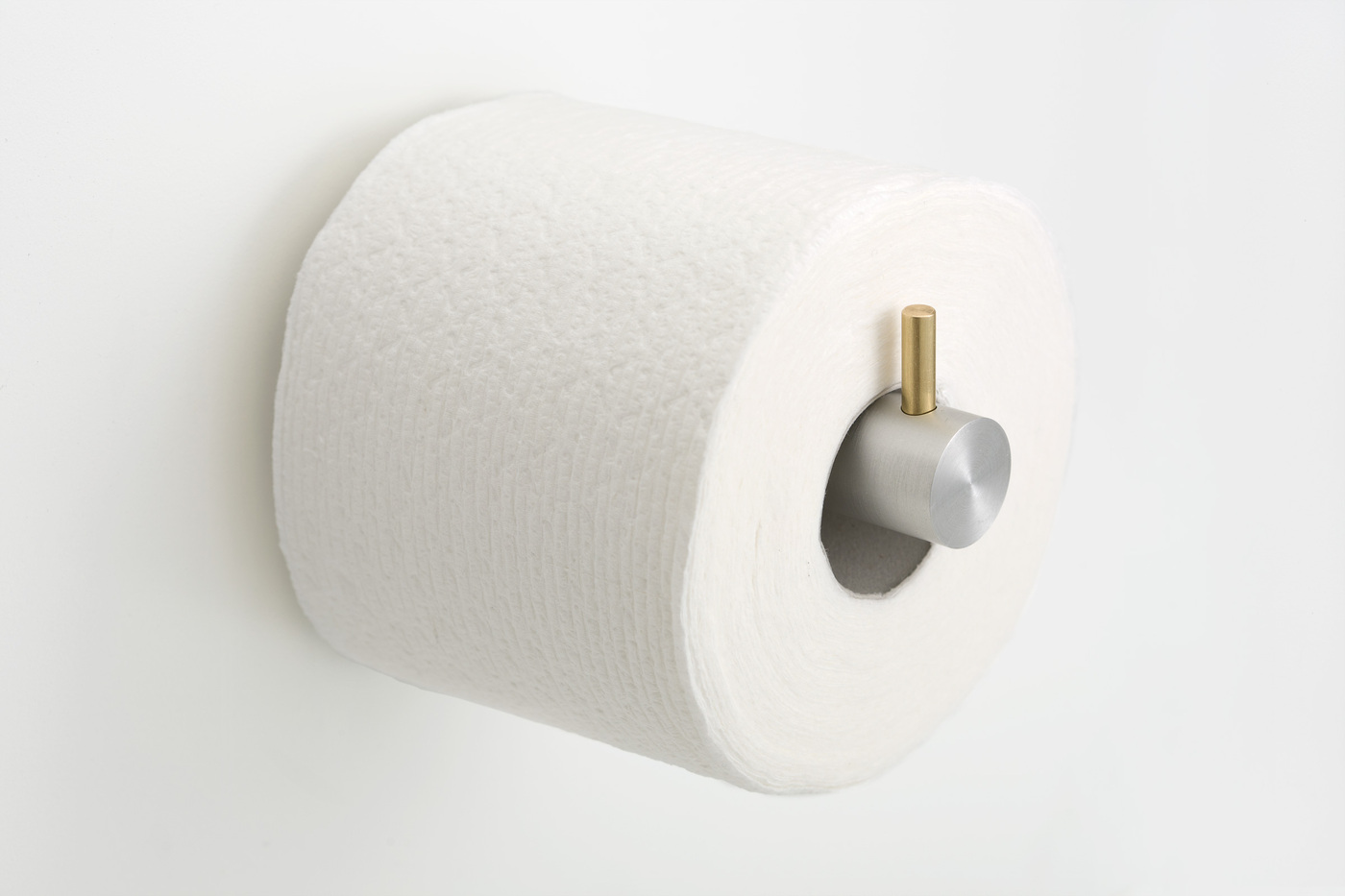

Articles
Which Side Should The Toilet Paper Holder Go On
Modified: January 7, 2024
Discover the best side for your toilet paper holder in this informative article. Find out the optimal placement and practical tips to enhance your bathroom experience.
(Many of the links in this article redirect to a specific reviewed product. Your purchase of these products through affiliate links helps to generate commission for Storables.com, at no extra cost. Learn more)
Introduction
When it comes to the debate over the installation of a toilet paper holder, the question of which side it should go on seems to be a never-ending topic of discussion. It may seem like a trivial matter, but the positioning of the toilet paper holder can actually have an impact on the overall functionality and aesthetics of a bathroom.
Toilet paper, an essential item in every bathroom, is used by people on a daily basis. Therefore, it is important to consider factors such as practicality, convenience, and personal preferences when deciding on the placement of the toilet paper holder.
In this article, we will explore the historical perspective, practical considerations, and user preferences in the ongoing debate over whether the toilet paper holder should be installed in an overhand or underhand position.
Key Takeaways:
- The debate over whether the toilet paper holder should be positioned in an overhand or underhand position is influenced by practicality, aesthetics, user preferences, and cultural influences, making it a fascinating and diverse topic of discussion.
- The positioning of the toilet paper holder should prioritize accessibility, ease of use, and individual preferences, ensuring a comfortable and personalized bathroom experience for all users. Balancing practicality, aesthetics, and cultural influences can lead to a harmonious and inclusive discussion.
Read more: Which Way Should A Toilet Paper Holder Face
Historical Perspective
The history of toilet paper dates back to ancient civilizations. In early civilizations, such as ancient Rome and China, people used a variety of materials for personal hygiene, including leaves, corncobs, and even rocks. It wasn’t until the 19th century when the modern concept of toilet paper came into existence.
Initially, toilet paper was sold in individual sheets and was dispensed from a box. Later, in the early 1900s, the first perforated toilet paper rolls were introduced, making it easier to tear off individual sheets. With the advent of toilet paper rolls, the need for a dedicated holder to support and dispense the paper arose.
In terms of the positioning of the toilet paper holder, there is no definitive historical precedence. Early toilet paper holders were often wall-mounted, resembling a simple hook or loop to hold the roll in place. The orientation of the holder itself did not receive much attention or discussion.
It was not until the 1891 patent by Seth Wheeler, the inventor of the perforated toilet paper roll, that the debate over the positioning of the holder started to gain traction. Wheeler’s patent drawings depicted the toilet paper hanging in an overhand position, with the loose end of the roll hanging against the wall.
Since then, there have been ongoing discussions and arguments about whether the overhand or underhand position is more practical and convenient. The debate has sparked a division among users, each having their own preferences and opinions.
Practical Considerations
When deciding on the placement of the toilet paper holder, practicality is an important factor to consider. The goal is to ensure that the toilet paper is easily accessible, convenient to use, and minimizes the risk of accidents or inconvenience.
The overhand position, where the loose end of the toilet paper hangs over the top of the roll, is often favored by those who argue for practicality. Advocates of this position argue that it allows for easier access to the toilet paper, as the loose end is more visible and easier to grab. This can be particularly useful for individuals with limited dexterity or mobility.
Additionally, having the toilet paper hang in an overhand position reduces the likelihood of the roll accidentally unwinding, as the friction against the wall helps keep the paper in place. This can be especially beneficial in households with pets or young children who might be prone to playing with or unraveling the toilet paper.
On the other hand, proponents of the underhand position argue that it offers its own set of practical advantages. With the underhand position, the loose end of the toilet paper hangs against the wall, closest to the user. This allows for a cleaner and neater appearance, as the loose end is concealed and not exposed to potential contact with the wall or other surfaces.
Some individuals also argue that the underhand position makes it easier to tear off individual sheets, as the user’s hand naturally falls on the front side of the roll. This can be especially helpful for those with arthritis or other hand conditions that make gripping and tearing more challenging.
Ultimately, the practical considerations of the toilet paper holder’s placement may vary from person to person. It is important to take into account the specific needs and preferences of the individuals using the bathroom in order to choose the most practical and convenient position for the toilet paper holder.
Debate over Overhand or Underhand Position
The debate over whether the toilet paper should hang in an overhand or underhand position has been a contentious topic among bathroom enthusiasts. Advocates on both sides of the discussion present compelling arguments to support their preferred positioning.
Those in favor of the overhand position argue that it allows for easier access to the toilet paper. With the loose end hanging over the top of the roll, it is more visible and easier to grasp, making it convenient for quick and efficient use. Additionally, having the toilet paper hang in an overhand position helps prevent the roll from unwinding unintentionally, keeping the paper neat and intact.
On the other hand, proponents of the underhand position argue that it offers a cleaner and tidier appearance. With the loose end hanging against the wall, it is concealed from view and away from potential contact with other surfaces. This positioning also makes it convenient for tearing off individual sheets, as the user’s hand naturally falls on the front side of the roll.
The debate often extends beyond the practical considerations, with some individuals considering the overhand position to be more aesthetically pleasing. They argue that the visible part of the toilet paper roll, with the loose end hanging over the top, creates a visually balanced and harmonious look in the bathroom.
Conversely, proponents of the underhand position believe that it provides a more streamlined and minimalist appearance, as the loose end is hidden from view. They argue that this positioning contributes to a cleaner and less cluttered look in the bathroom.
It is important to note that personal preferences play a significant role in this debate. Individuals may have different habits, cultural influences, or simply a subjective preference for one position over the other. Therefore, there is no one-size-fits-all answer to which position is the “correct” or “better” option.
Ultimately, the decision on whether to hang the toilet paper in an overhand or underhand position should be based on individual preferences and the specific needs of the bathroom users. It is a matter of personal choice and convenience, and what works best for one person may not necessarily work for another.
It is worth experimenting with both positions to find what is most comfortable and practical for your own bathroom experience. Remember, the joy of having toilet paper readily available should outweigh any debate over its orientation on the holder.
User Preferences and Convenience
When it comes to the toilet paper holder’s positioning, user preferences and convenience are significant factors to consider. The way individuals use the bathroom and interact with the toilet paper can greatly influence their preference for the overhand or underhand position.
Many users have developed a strong preference based on their habit and personal comfort. Some individuals find it more convenient to have the loose end of the toilet paper hanging over the top (overhand position) because it is easier to locate and grab. This is especially true for those who prefer to use a single hand motion to pull the toilet paper. It also enables them to quickly tear off the desired amount of paper.
On the other hand, users who prefer the underhand position argue that it offers a smoother and more controlled motion. The loose end hanging against the wall allows them to gently roll the toilet paper without any sudden jerks or tugging. This can be particularly preferred by those who prefer a more measured approach or have sensitivity in their hands.
Convenience is not solely based on physical ease of use but also on personal habits and cultural influences. Some cultures and regions have distinct preferences for toilet paper positioning. In North America, for example, the overhand position tends to be more prevalent. This can be attributed to historical influences and the prevalence of toilet paper rolls with perforations that allow for easy tearing of individual sheets.
Furthermore, the size and design of the toilet paper holder can also impact user convenience. A holder with a larger and more open design can accommodate a toilet paper roll in either position, giving users the freedom to choose based on their preference. On the other hand, a holder with a narrow design may be more suitable for the overhand position to ensure easy access to the loose end.
When considering user preferences and convenience, it is important to prioritize the needs and comfort of the individuals using the bathroom. Asking for feedback and accommodating the preferences of household members, guests, or customers can contribute to a positive bathroom experience for all.
In the end, the choice between the overhand and underhand position should be driven by user preferences and what works best for the individuals using the toilet paper. Balancing convenience, ease of use, and personal habits is key to creating a satisfying bathroom experience for everyone.
Consider the dominant hand of the person who will be using the toilet. If they are right-handed, place the toilet paper holder to the right. If left-handed, place it to the left for easier access.
Read more: Where Should You Put Toilet Paper Holder
Aesthetics and Bathroom Design
When considering the positioning of a toilet paper holder, it is essential to take into account the overall aesthetics and design of the bathroom. The toilet paper holder is not just a practical accessory; it is also a part of the overall visual appeal and ambiance of the space.
The choice between the overhand and underhand position can have a significant impact on the visual aesthetics of the bathroom. Some individuals believe that the overhand position offers a more visually pleasing appearance. With the loose end hanging over the top of the roll and cascading down, it creates a visually balanced and symmetrical look. This arrangement can contribute to a sense of order and visual harmony.
On the other hand, proponents of the underhand position argue that it provides a cleaner and more minimalist appearance. With the loose end hidden against the wall, it removes any visual distraction and gives the bathroom a sleek and streamlined look. This can be especially desirable in contemporary and minimalist bathroom designs.
It is important to consider the overall aesthetic style and theme of the bathroom when making a decision. Traditional bathrooms, with their classic and ornate designs, may benefit from the visual allure of the overhand position. On the other hand, modern and minimalist bathrooms may lean towards the underhand position for its clean and understated look.
The material and design of the toilet paper holder itself can also play a role in the overall aesthetics. A sleek and modern holder may blend well with the underhand position, creating a seamless and integrated appearance. On the other hand, a more decorative and ornate holder may be showcased better with the overhand position, becoming a focal point of the bathroom design.
Lastly, consider the placement of the toilet paper holder in relation to other bathroom fixtures and accessories. It is important to ensure that the chosen position does not interfere with other elements or hinder functionality. It should be easily accessible and not obstruct any nearby fixtures or storage areas.
Aesthetics and bathroom design should be a guiding factor when deciding on the positioning of the toilet paper holder. By considering the style, theme, and overall visual appeal of the bathroom, you can create a harmonious and visually pleasing space.
Accessibility and Ease of Use
When it comes to the positioning of the toilet paper holder, accessibility and ease of use are crucial considerations. The placement should ensure that the toilet paper is easily reachable and usable without causing any strain or inconvenience for the users.
One aspect to consider is the accessibility for individuals with limited mobility or physical disabilities. The toilet paper holder should be positioned in a way that allows easy access for people who may have difficulty reaching or manipulating the toilet paper. This can involve considering the height and distance of the holder from the toilet, as well as the user’s range of motion.
For example, individuals who use mobility aids, such as wheelchairs or walkers, may benefit from a lower placement of the toilet paper holder. This allows them to reach it comfortably without straining or requiring excessive reaching or stretching. Additionally, ensuring that the holder is positioned within arm’s reach and at a suitable height can facilitate independent use for individuals with physical limitations.
In terms of ease of use, the positioning of the toilet paper holder should also take into account the user’s ability to tear off individual sheets easily. Whether in an overhand or underhand position, the user should be able to grasp the loose end of the toilet paper and tear it without difficulty or it unraveling uncontrollably.
Furthermore, easy access to the spare toilet paper rolls is also important for user convenience. It is advisable to have additional rolls stored within reach of the toilet, ensuring that users can easily replace the roll when necessary without having to search for spare rolls in a different location.
Consideration should also be given to the user experience for children. If the bathroom is frequently used by young children, it may be beneficial to position the toilet paper holder at a lower height that is easily reachable for them. This encourages independence and helps prevent accidents or spills that can occur when children struggle to reach the toilet paper.
Ultimately, the positioning of the toilet paper holder should prioritize accessibility and ease of use for all individuals who use the bathroom. By ensuring an accessible and user-friendly design, you can enhance the overall convenience and functionality of the space.
Cultural and Regional Influences
When it comes to the placement of the toilet paper holder, cultural and regional influences can play a significant role in determining the preferred positioning. Different cultures and regions have their own customs, habits, and preferences when it comes to bathroom practices.
For example, in Western cultures, such as North America and Europe, the overhand position is commonly seen as the standard. This can be attributed to historical influences and the widespread use of perforated toilet paper rolls that are designed to hang in this manner. The overhand position is considered more practical for easy access and tearing off individual sheets.
In contrast, in some Asian cultures, the underhand position is more prevalent. This can be attributed to cultural norms and hygiene practices. In countries like Japan and South Korea, it is customary to fold the toilet paper neatly after use, and the underhand position allows for a more controlled folding motion.
Regional influences can also affect the preferred positioning of the toilet paper holder. In some areas, there may be a strong local preference or tradition that influences the debate. This can be influenced by factors such as historical practices, household traditions, or even local marketing campaigns that promote a particular positioning.
Additionally, travel experiences and exposure to different bathroom practices can shape individual preferences as well. People who have lived or spent time in different regions may have been exposed to various toilet paper positioning practices and may have adopted a preference based on their experiences.
It is important to respect and accommodate cultural and regional influences when it comes to the placement of the toilet paper holder. Understanding and embracing these differences can help create a inclusive and culturally sensitive bathroom environment.
Ultimately, the preferred positioning may vary depending on cultural and regional influences, and it can be a fascinating topic to explore the diversity of practices around the world. By considering these influences, we can foster an appreciation for different customs and create a more inclusive discussion around the debate over toilet paper positioning.
Conclusion
The debate over whether the toilet paper holder should be positioned in an overhand or underhand position is a topic that continues to spark discussions and opinions. While there is no definitive answer to this debate, considering various factors can help you make an informed decision that suits your personal preferences and practical needs.
Historically, the positioning of the toilet paper holder has not received much attention. However, as toilet paper became more mainstream and the convenience of the holder became apparent, the debate gained traction. Practical considerations, such as accessibility, ease of use, and user preferences, all play a significant role in the decision-making process.
Practicality is a key factor to take into account. The overhand position allows for easier access, reduces the risk of the roll unwinding, and can be helpful for individuals with limited dexterity. On the other hand, the underhand position hides the loose end, provides a cleaner appearance, and may be more comfortable for tearing off individual sheets.
Aesthetics and bathroom design also come into play. The choice of position should complement the overall style and theme of the bathroom, whether it be traditional, modern, or minimalist. The material and design of the holder itself can also influence the visual appeal and integration of the toilet paper into the bathroom design.
Considering regional and cultural influences is important as well. Different regions and cultures may have their own customs and preferences when it comes to toilet paper positioning. It is important to respect and accommodate these differences for a more inclusive bathroom environment.
In the end, the decision on whether to place the toilet paper holder in an overhand or underhand position should be based on individual preferences and practicality. Experimenting and considering the specific needs and preferences of the users can help create a comfortable and personalized bathroom experience.
Remember, whether you prefer the overhand or underhand position, the most important thing is to ensure that the toilet paper is easily accessible and convenient to use. A well-positioned toilet paper holder will enhance the functionality and enjoyment of the bathroom for everyone who uses it.
Frequently Asked Questions about Which Side Should The Toilet Paper Holder Go On
Was this page helpful?
At Storables.com, we guarantee accurate and reliable information. Our content, validated by Expert Board Contributors, is crafted following stringent Editorial Policies. We're committed to providing you with well-researched, expert-backed insights for all your informational needs.
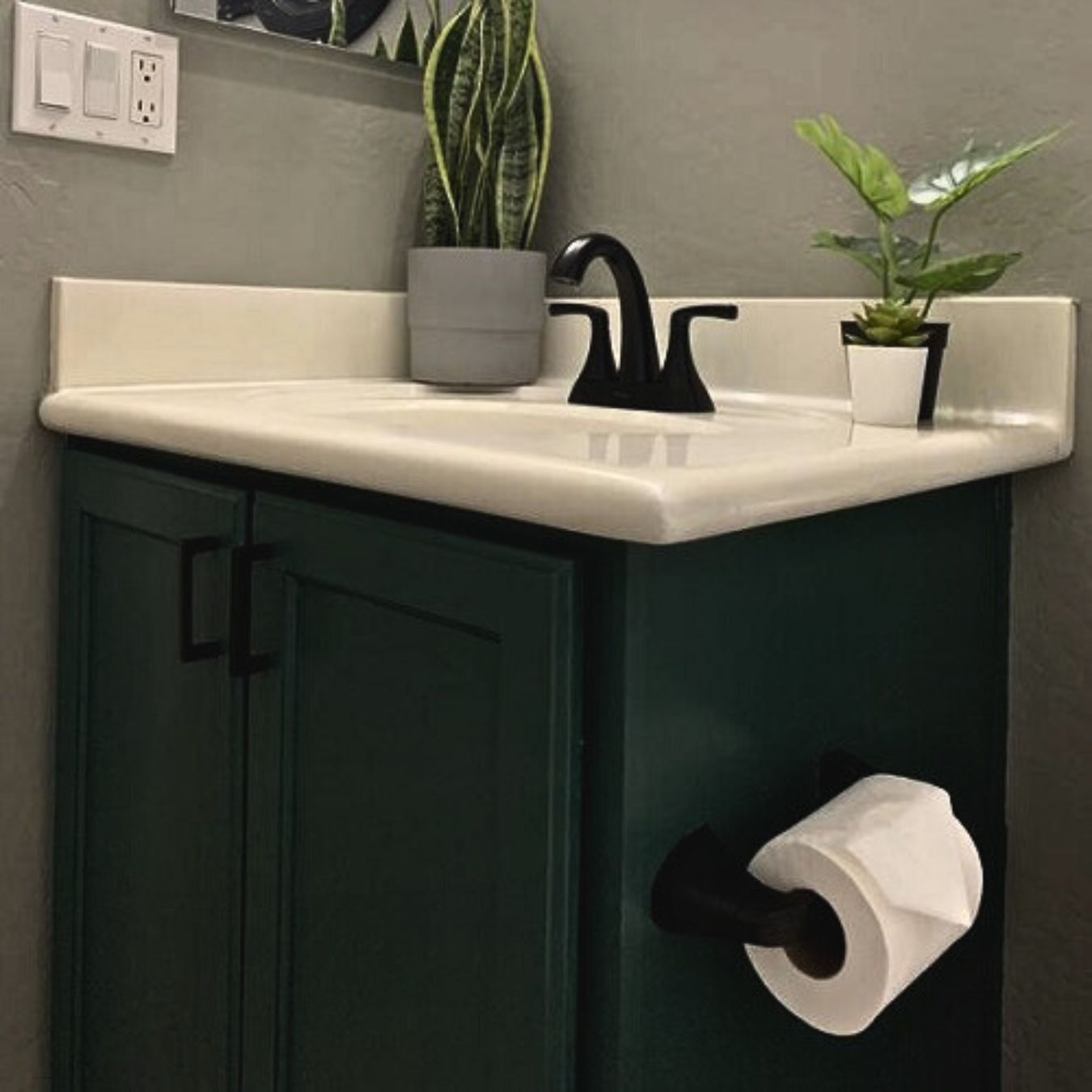
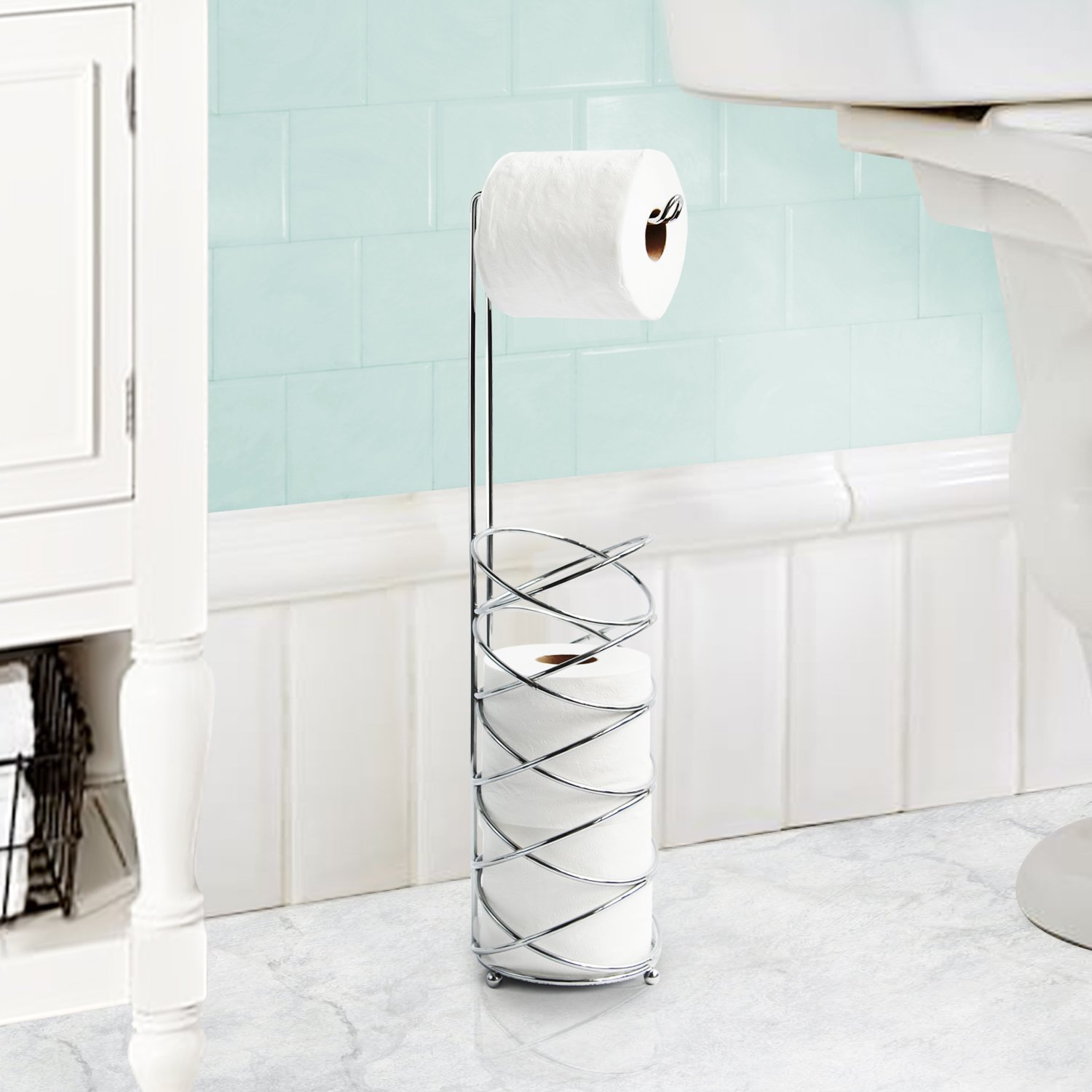
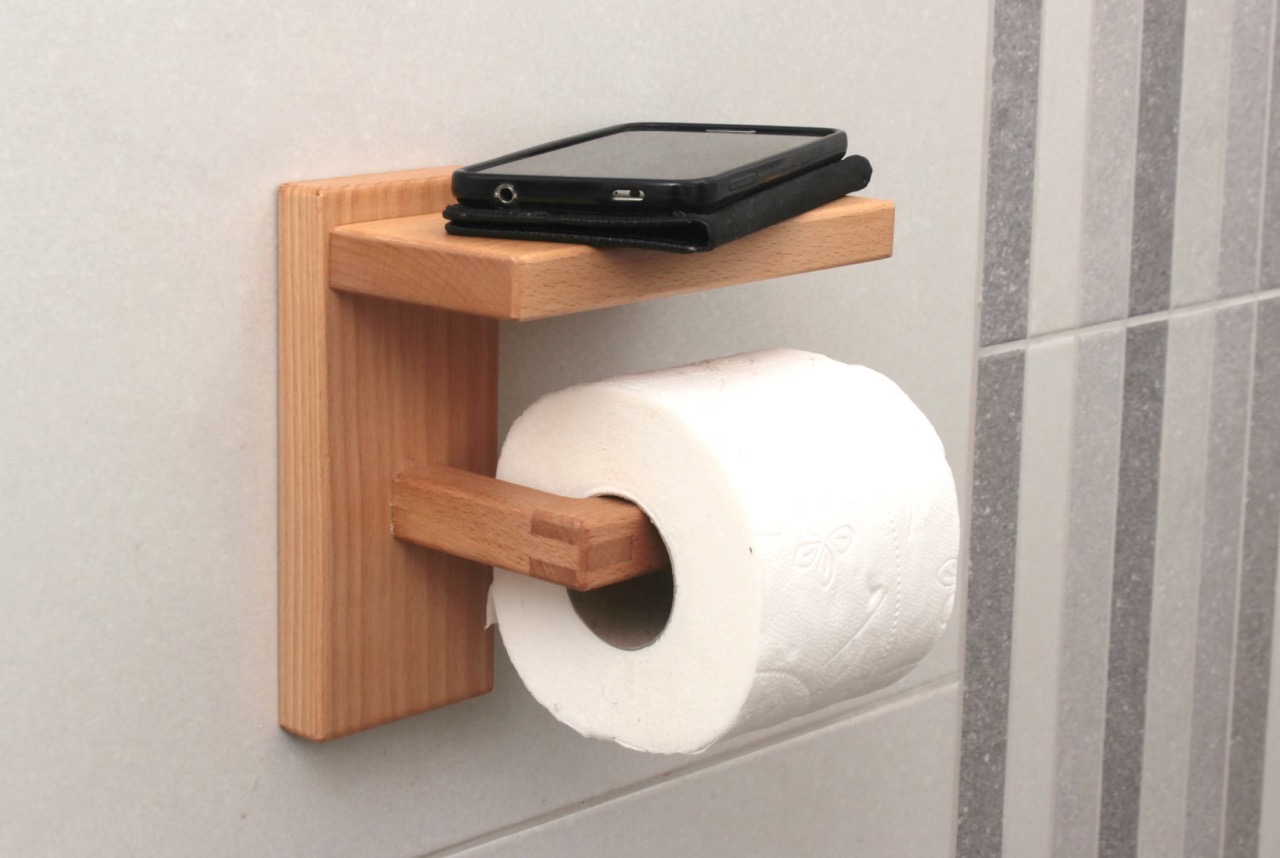
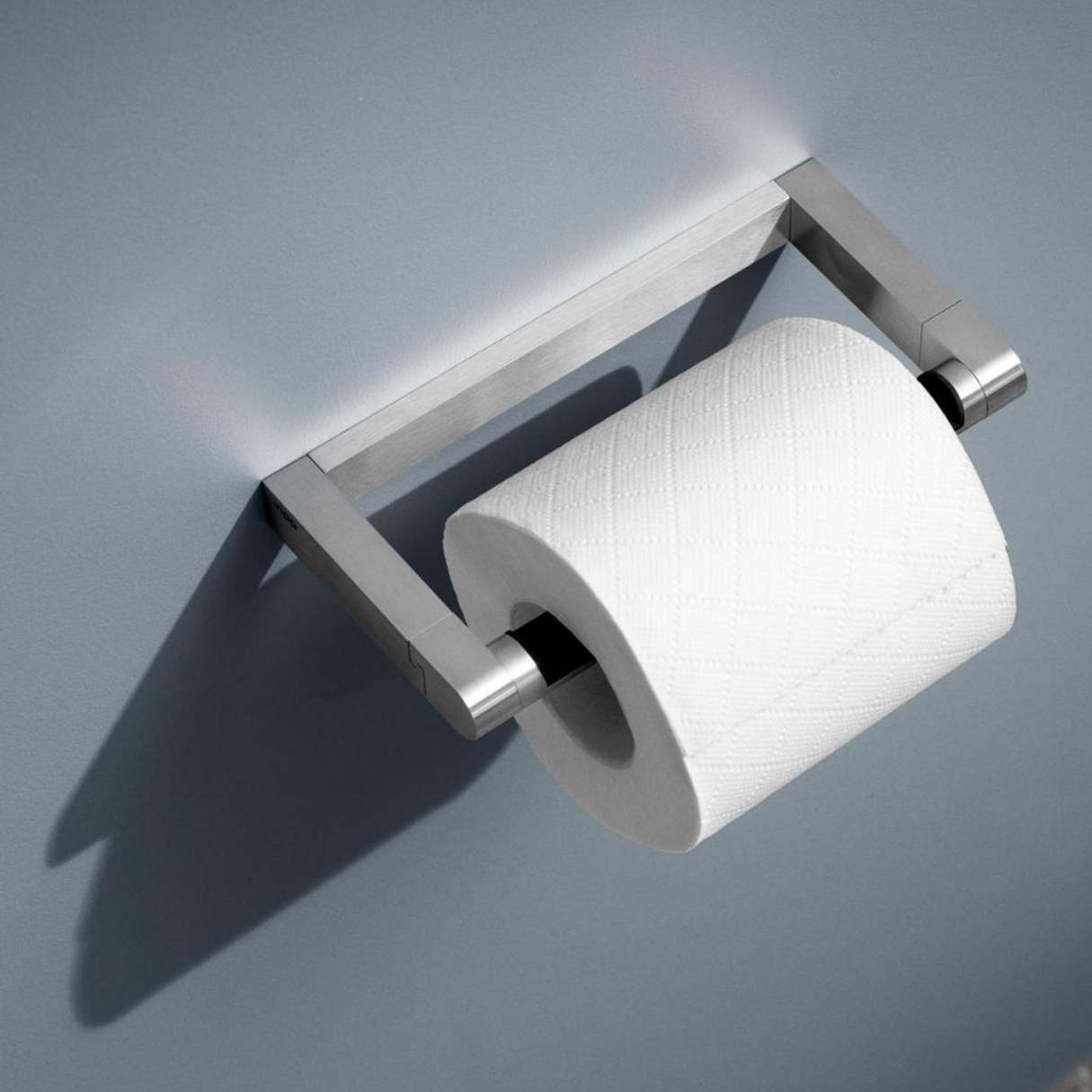
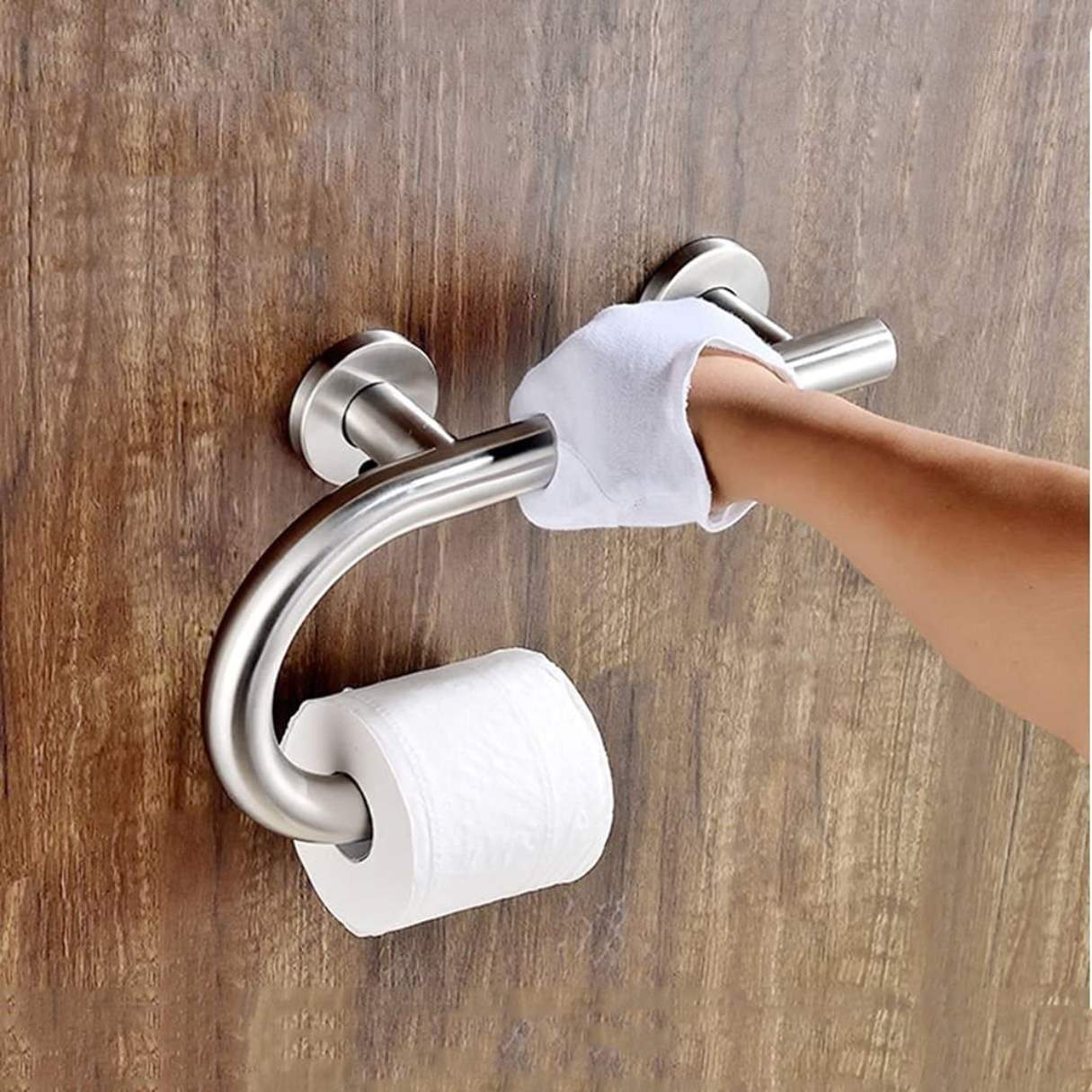
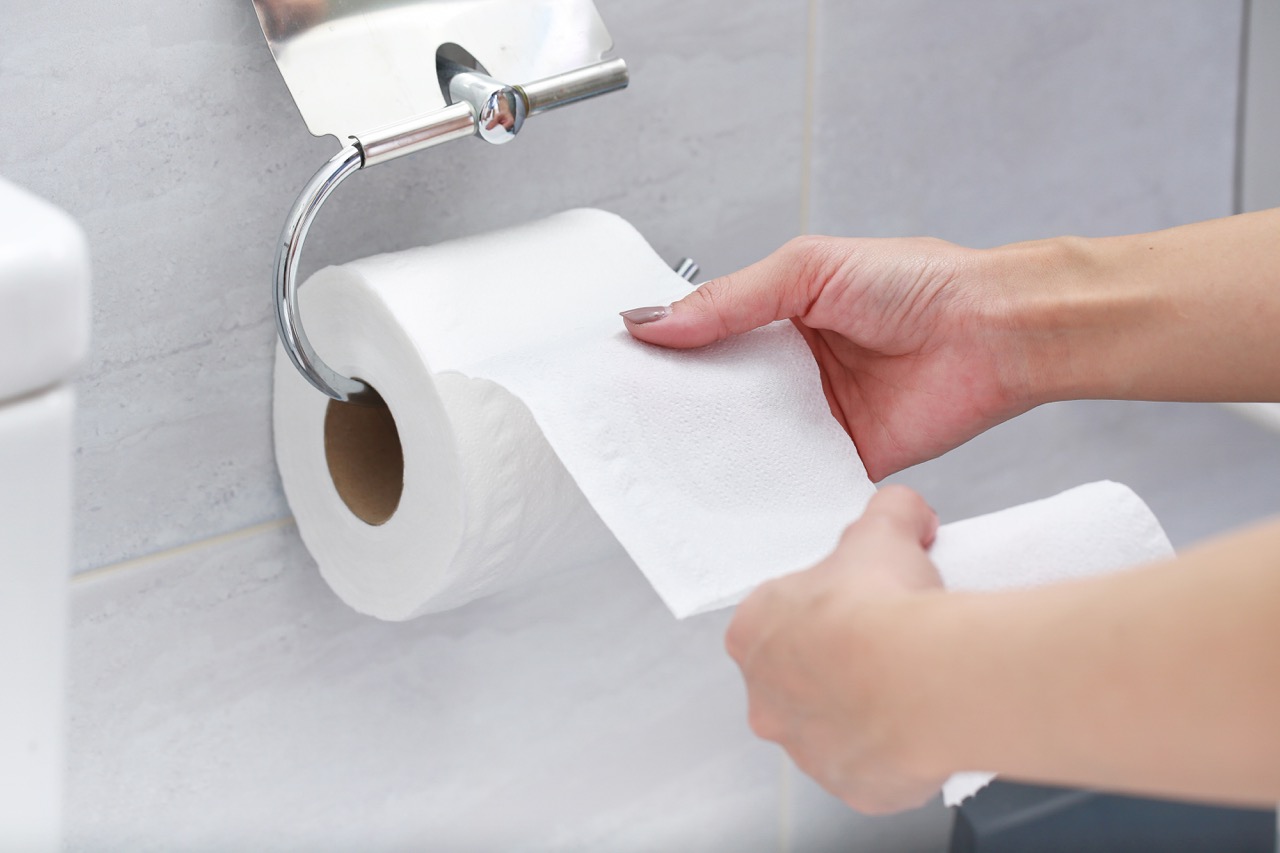
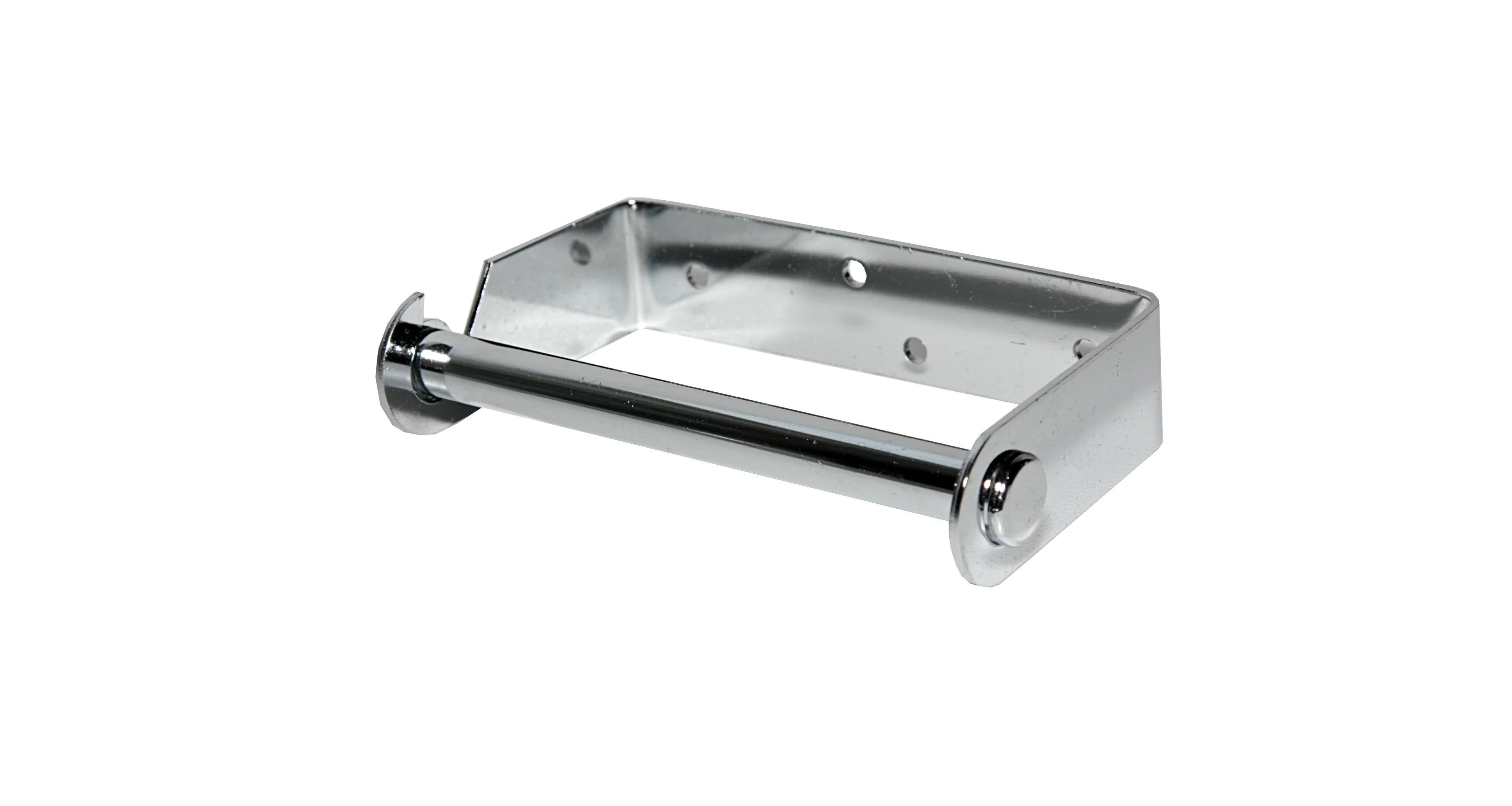
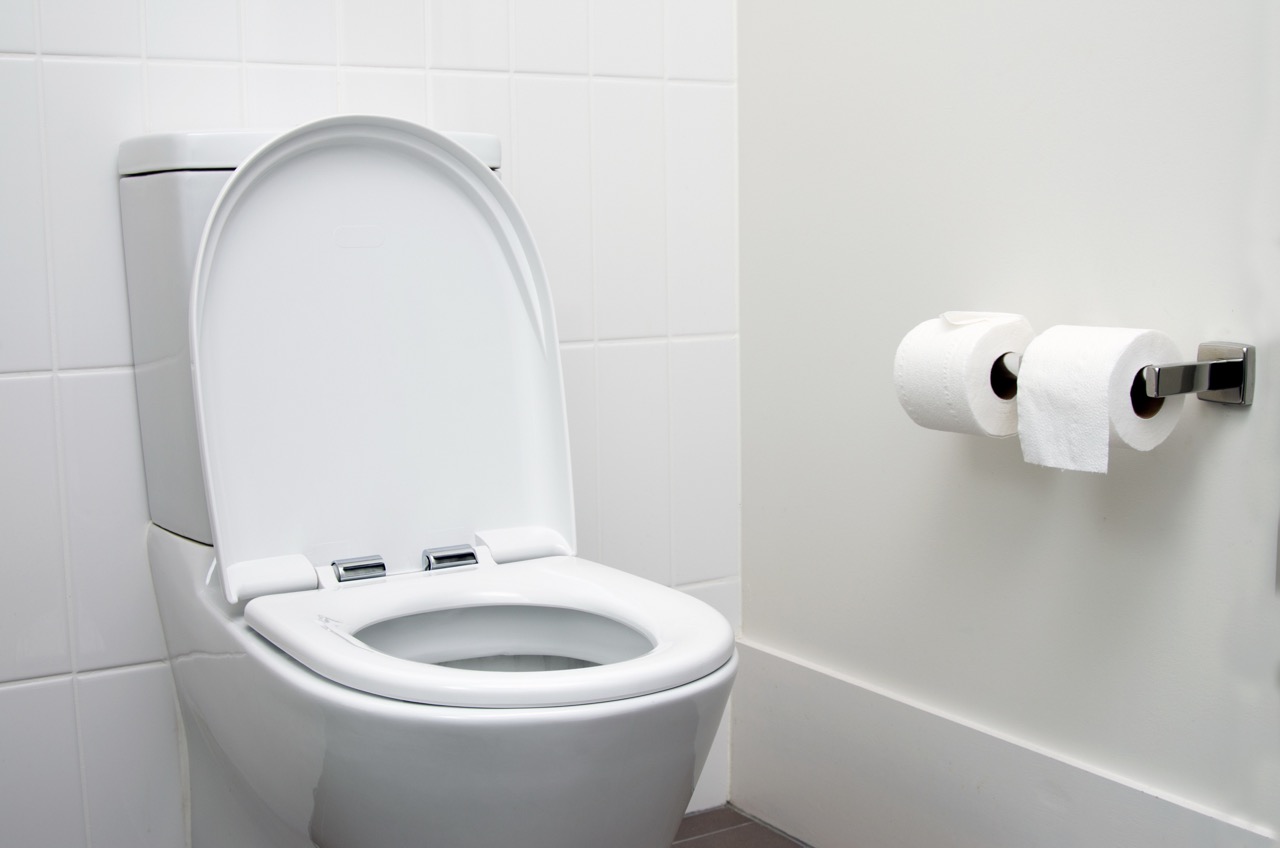
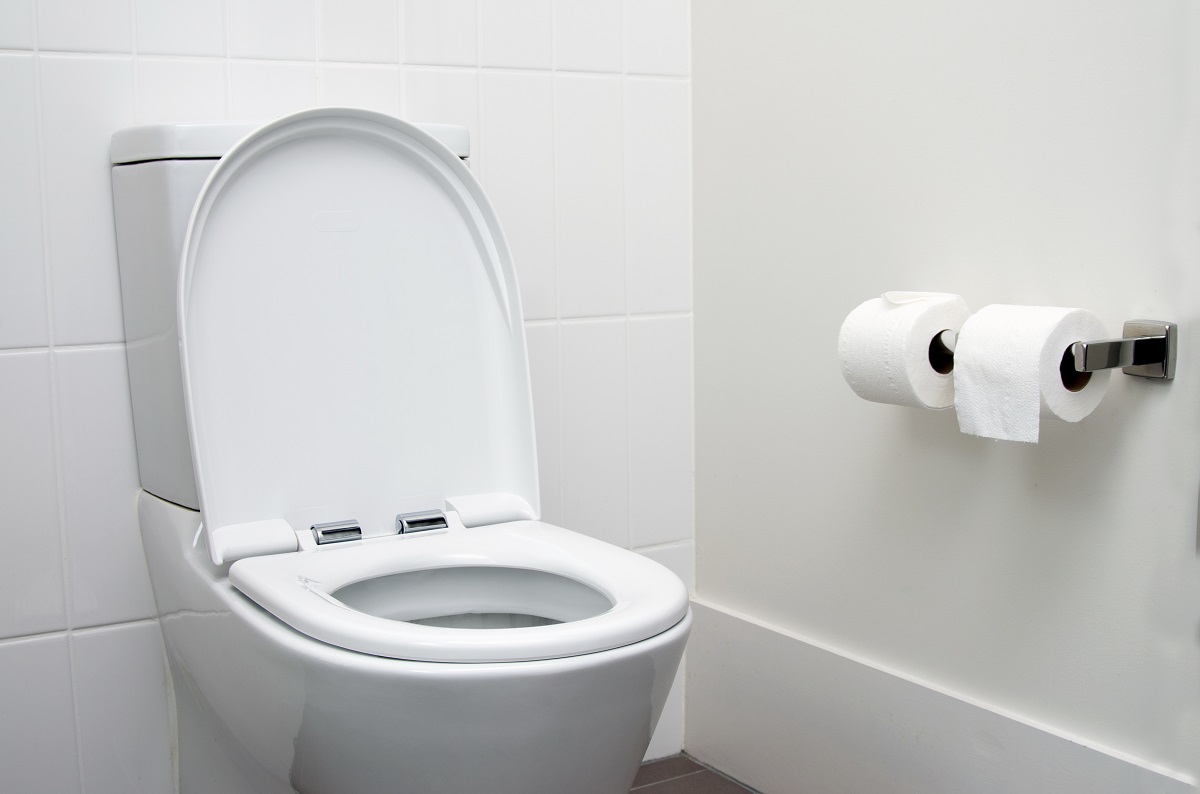
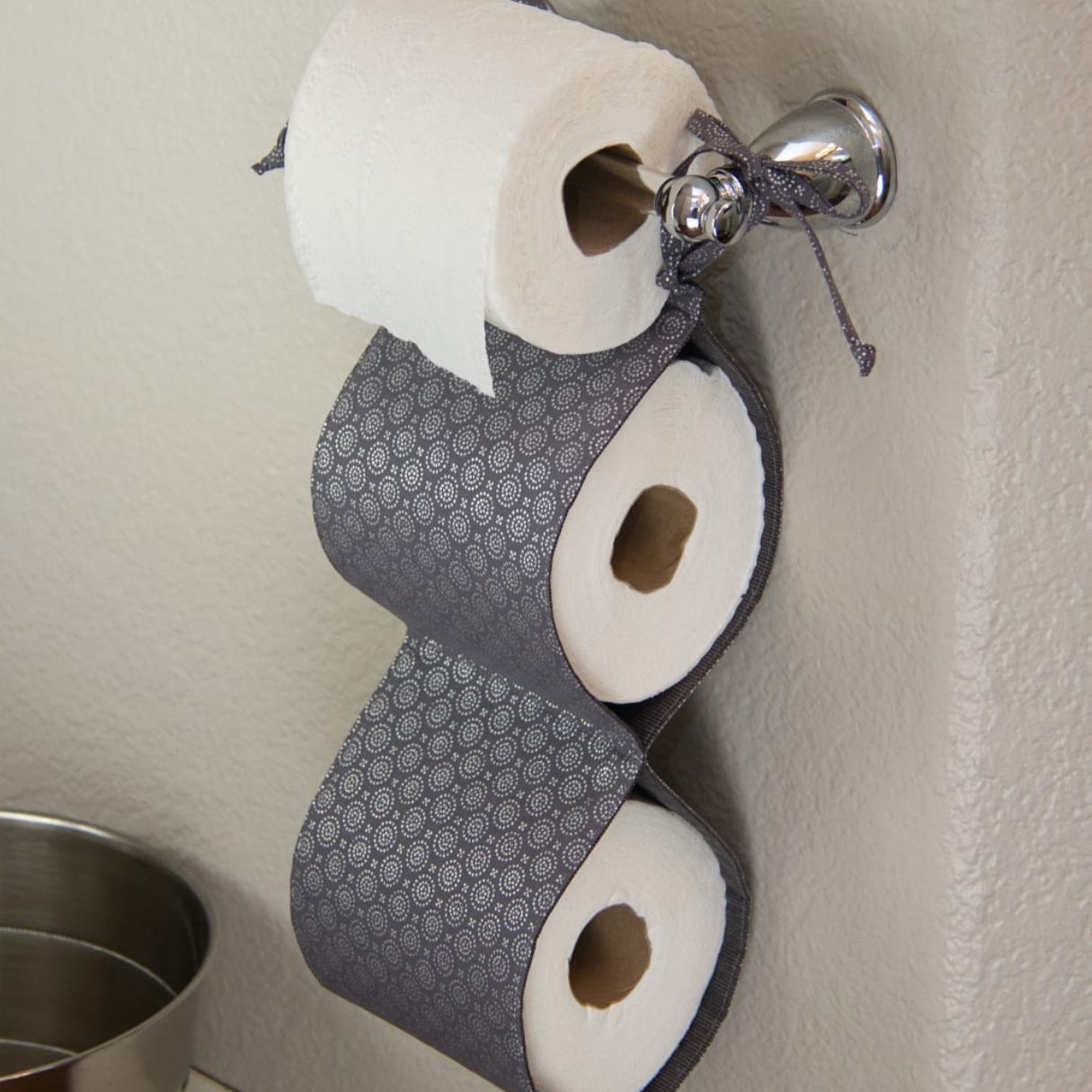
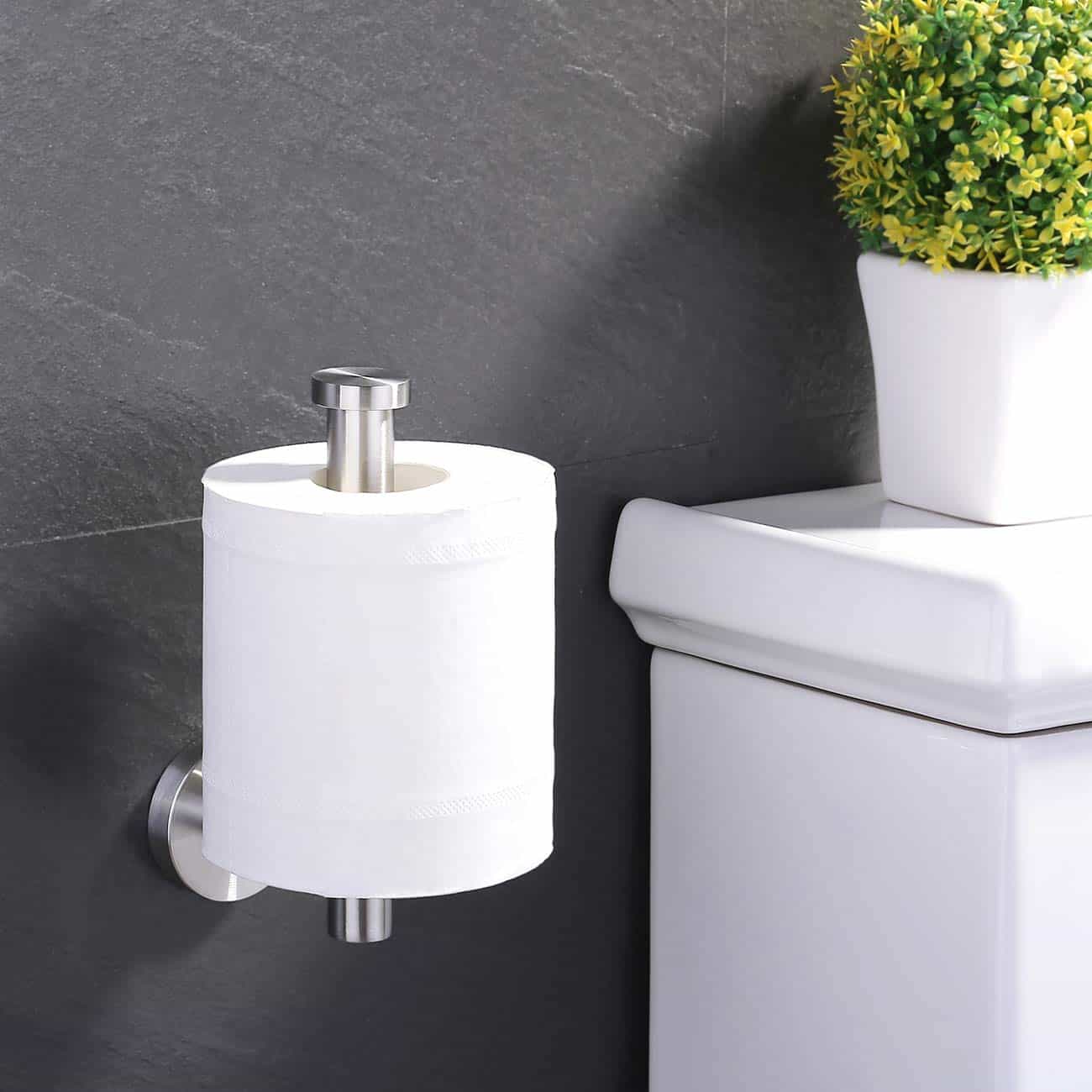
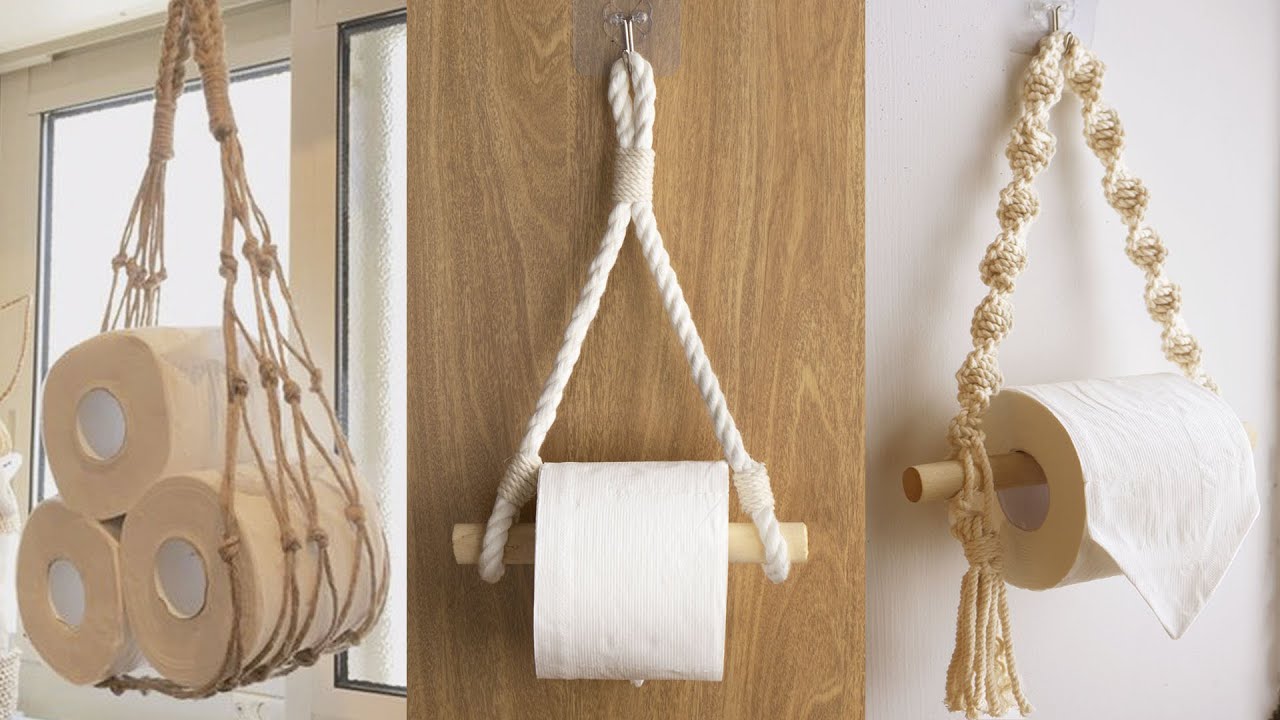
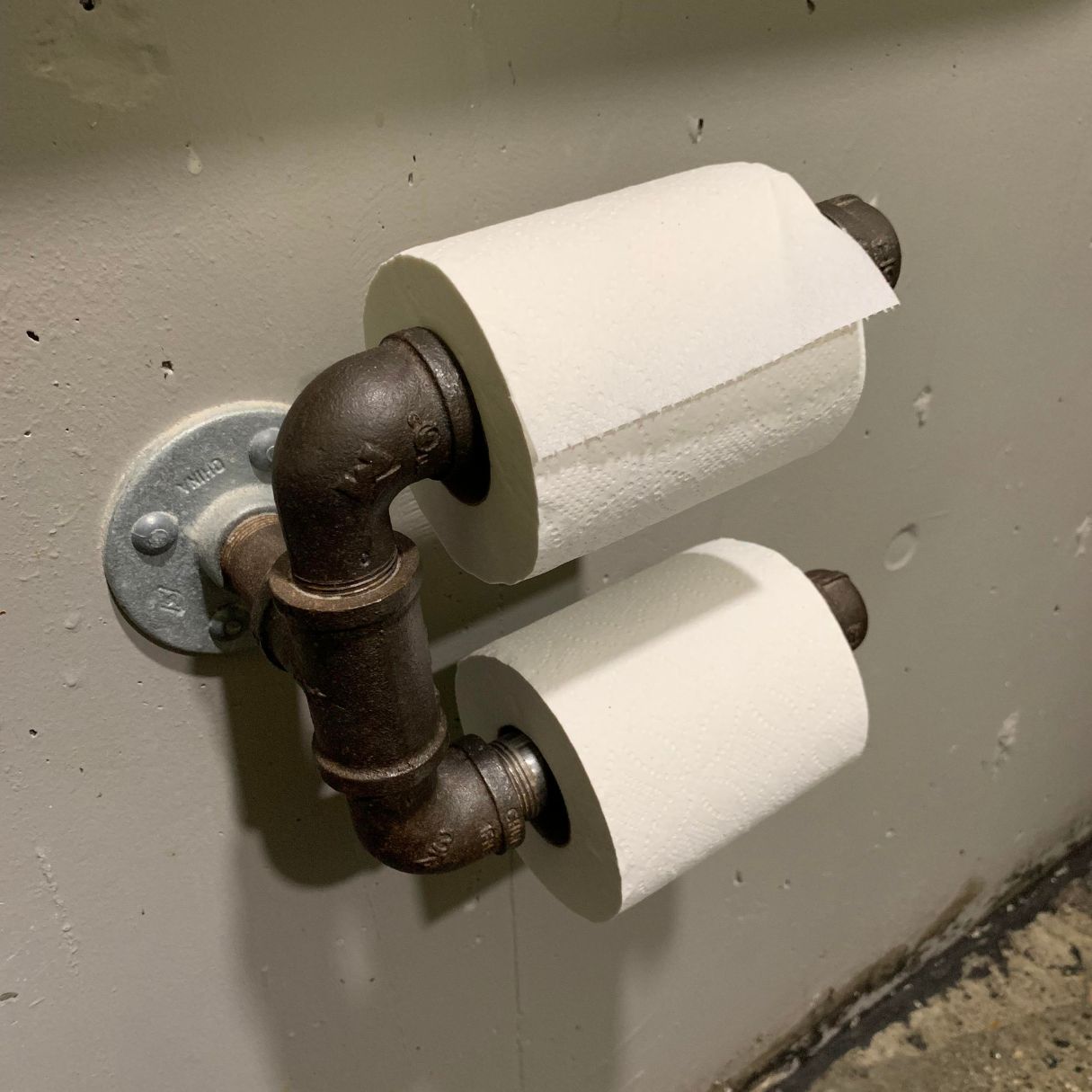
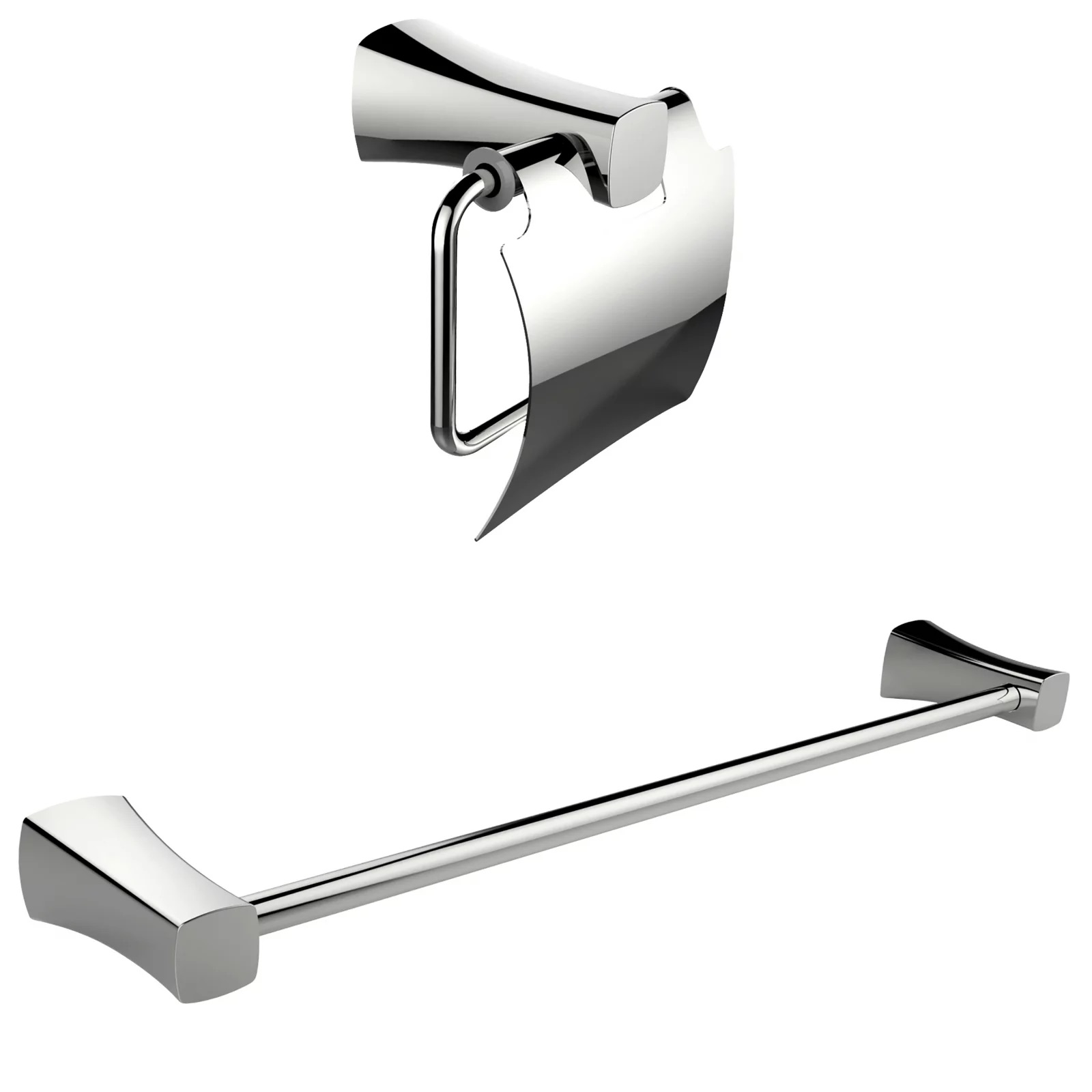

0 thoughts on “Which Side Should The Toilet Paper Holder Go On”